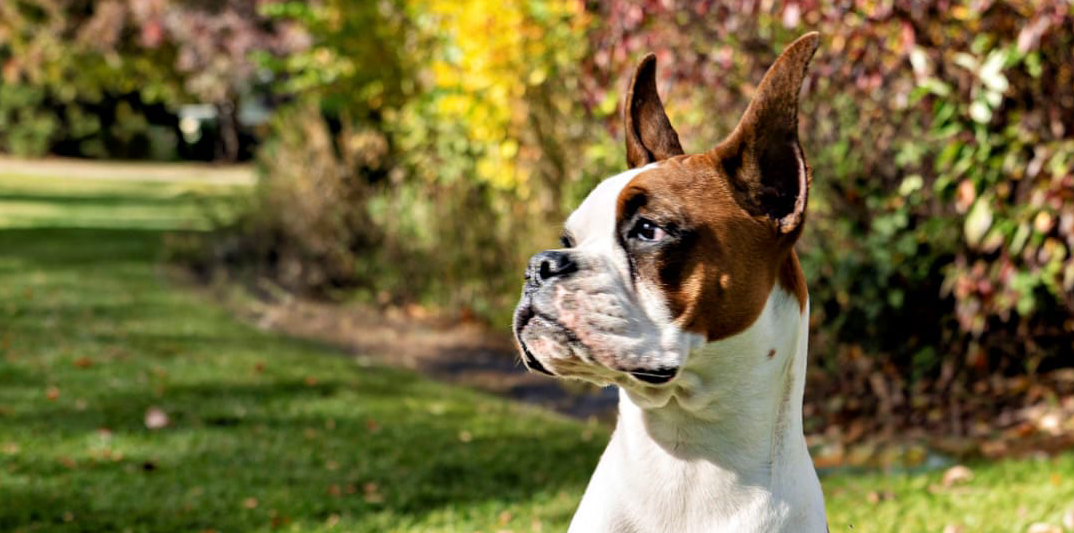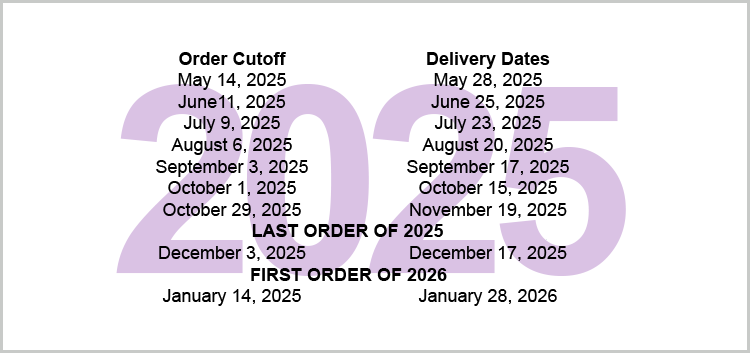
Welcome to Rocky Mountain BARK!
PRODUCTS
We are Yellowhead County’s source for everything Naturally Reared (NR) dogs and cats need.
We provide RAW food, treats, and supplements for your canine or feline companions.
Located in Hinton, Alberta, Rocky Mountain BARK offers many RAW food and treat options that are economical and sustainable. We are the areas only distributor for Made in Alberta, human grade raw pet food by Courtlyn Custom, where 90% of the product is sourced from local Alberta farms and ranches.
Our bison products are now sourced from Alberta Bison Ranch.
We live by the BARF diet belief that our furry friends require species appropriate nutrition that is Biologically Appropriate Raw Food. While we are not veterinarians, animal nutritionists, or scientists, we understand that much research exists both for and against RAW feeding. We CHOSE to follow BARF for our fur family and are happy to facilitate YOUR choice to feed RAW.
WHAT IS BARF?
-
BARF stands for Biologically Appropriate Raw Food or Bones.
It’s a type of raw feeding regimen designed to mimic the
natural diet of wild carnivores. Here’s a breakdown of what it generally
involves:Raw Meat: The primary component is raw animal meat,
which provides essential proteins and fats. This can include muscle meat, organ
meats, and sometimes whole prey.Bones: Raw, meaty bones are included for their
calcium content and for their role in dental health. These bones are generally
softer and more digestible than cooked bones.Vegetables and Fruits: Some BARF diets incorporate
vegetables and fruits to provide fiber, vitamins, and minerals. These are
typically blended or finely chopped to aid digestion. -
Supplements: Depending on the specific BARF plan,
supplements like fish oil (for omega-3 fatty acids) or other nutrient-rich
additions might be included to ensure a balanced diet.Variety: A key principle of BARF is variety. The diet
typically involves rotating different protein sources, bones, and other
ingredients to provide a range of nutrients and to avoid imbalances.Advocates of the BARF diet argue that it offers numerous
benefits, such as improved coat quality, better digestion, and enhanced overall
health. However, it’s important to plan and prepare a BARF diet carefully to
avoid nutritional deficiencies or imbalances. Consulting with a veterinarian or
a pet nutritionist experienced in raw diets can help ensure that your dog’s
diet is balanced and appropriate for their specific needs.
BENEFITS OF A RAW FOOD DIET
-
BARF stands for Biologically Appropriate Raw Food or Bones.
Feeding dogs a raw diet, often called a "BARF"
(Biologically Appropriate Raw Food) diet or raw feeding, is popular among some
pet owners who believe it offers several benefits. Here are a few reasons
proponents often cite:Natural Diet: Raw feeding is thought to mimic the diet dogs'
wild ancestors would have eaten, which could be more biologically appropriate
for their digestive systems.Improved Coat Condition: Some owners report that their dogs
have shinier coats and healthier skin on a raw diet, likely due to the higher
quality fats and nutrients.Better Dental Health: Chewing raw bones can help reduce
plaque and tartar buildup on teeth, potentially improving dental health.Increased Energy Levels: Advocates believe that a raw diet
can lead to higher energy levels and better overall vitality in dogs. -
Reduced Allergies: Some dogs with food sensitivities or
allergies may benefit from a raw diet, especially if it’s free from common
allergens found in commercial dog foods.Smaller Stool Volume: Raw diets can result in smaller, less
odorous stools because they’re more easily digestible and contain fewer
fillers.Enhanced Digestive Health: Raw diets often include a variety
of meats, organs, and bones, which can provide a balance of nutrients and
promote healthy digestion.However, it’s important to note that raw feeding has its
risks and challenges, including the potential for nutritional imbalances, the
risk of bacterial contamination, and the need for careful meal planning.
Consulting with a veterinarian, especially one experienced in raw diets, is
crucial before making any changes to your dog’s diet.
Feeding Guidelines
-
Feeding guidelines for raw pet food can vary depending on the specific brand, your pet’s age, breed, and activity level, but here are some general guidelines you can follow to ensure your pet stays healthy on a raw food diet:
1. Amount to Feed:
Dogs: Typically, dogs should be fed about 2-3% of their body weight in raw food daily.
- For example, if your dog weighs 40 lbs, they would need roughly 0.8 to 1.2 lbs of raw food per day.
- Active dogs, puppies, and pregnant or nursing females may need more food, while older or less active dogs may require less.
Cats: Cats generally require around 2 4% of their body weight in food daily.
- For example, a 10 lb cat might need around 0.2 to 0.4 lbs of raw food each day.
- Keep in mind that cats are obligate carnivores, so they need a higher proportion of meat in their diet.
2. Breakdown of Diet:
A balanced raw food diet for pets typically consists of:
- Muscle Meat (meat from muscles, e.g., chicken thighs, beef steaks)
- Bones (with meat on them, like chicken wings or necks)
- Organ Meat (e.g., liver, kidney, heart)
- Vegetables (for some raw food diets, although cats need very little vegetable content)
- Supplements (depending on your pet's needs, including omega fatty acids, probiotics, or vitamins)
General Ratio for Dogs (can vary depending on pet's individual needs):
- 70-80% muscle meat
- 10% bone (raw meaty bones like wings, necks, or ribs)
- 10% organ meats (with liver being about half of this portion)
- 10% vegetables or other fiber sources (optional for dogs)
General Ratio for Cats:
- 85-90% animal-based protein and fats
- 5-10% organ meats
- Minimal to no vegetables or grains (cats are obligate carnivores and don't require plant material in their diet).
continued>>
-
3. Frequency of Feeding:
- Puppies and kittens often need to be fed more frequently, generally 3-4 meals a day until they reach about 6 months of age.
- Adults can be fed once or twice a day depending on their size, age, and activity level.
4. Transitioning to Raw Food:
If you're switching from commercial kibble or canned food, it’s best to transition gradually over 7-10 days to avoid digestive upset. Start with a small amount of raw food mixed with the old food, slowly increasing the amount of raw food while decreasing the processed food.
5. Feeding Raw Bones:
- Raw meaty bones are an important part of a raw diet, as they provide essential nutrients and help with dental health. Avoid cooked bones, as they can splinter and cause injury.
- Never feed bones from fish (like small bones) to dogs or cats as they can pose a choking hazard.
6. Hygiene and Safety:
- Always handle raw food with care. Clean surfaces, utensils, and your hands after handling raw meat.
- Store raw food in the freezer to keep it fresh and prevent spoilage.
- It’s important to follow proper food safety guidelines to avoid contamination (e.g., salmonella or E. coli) that can affect both pets and humans.
7. Monitor Weight and Health:
- Keep an eye on your pet’s weight, coat condition, and energy levels. Adjust portions based on changes in activity level, health, or weight gain/loss.
- Regular check-ups with your vet are a good idea to ensure your pet is getting the nutrients they need from their raw diet.
8. Consult a Vet or Nutritionist:
It’s highly recommended to consult with a vet or pet nutritionist, especially when feeding a raw diet, to ensure you’re meeting your pet's specific nutritional needs.
Common Raw Feeding Mistakes:
- Not balancing the diet correctly, leading to deficiencies or excesses in certain nutrients.
- Feeding only muscle meat and missing out on the essential organ meats and bones.
- Inadequate portion control, leading to overfeeding or underfeeding.
Ordering Instructions
-
Ordering:
We are required to order our product from our manufacturer 14 days in advance, so we require that our customer orders are received 16 days prior to the delivery date. We will open the ordering window 1 week (7 days) prior to the ordering due date after which orders can be submitted.
Delivery:Our products are brought in from Edmonton on the scheduled delivery date. We generally return to Hinton for 6:00 pm that day after which orders should be picked up immediately. We have very limited storage capacity so please inform us as early as possible if storage past the delivery day is required. If we do not have storage capacity, it is up to the customer to find alternative arrangements.
Home delivery may be considered on a case-by-case basis, and at additional charge.Edson and Jasper delivery options are being considered for the future if there is sufficient interest.
-
Inventory:
Currently, we do not carry inventory of Courtlyn Custom raw dog food. We do carry a small inventory of raw food and bones from Alberta Bison Ranch. We also will be carrying limited inventory of natural supplements from North Hound Life and treats from Berta Bites. Products in stock will be available for pickup at any time during store hours. Please call for availability.
Store Hours:M-T-T-F: 10 am – 8 pm
S-S: 10 am – 6 pm
W: 6 pm – 8 pmStatutory Holidays: Open most days
Vacation days: Closed as per posted vacation schedule, subject to change at any time.

2025 Ordering Schedule
Current as of May, 2025. Dates are subject to change.
Our Menus! (Select below)
-

Single Protein 80/10/10
Single Protein 80% Meat, 10% Organ, 10% Bone
-

Single Protein 70/30
Single Protein 70% Meat, 30% Fruit & Veg
-

Single Protein 60/10/30
Single Protein 60% Meat & Bone, 30% Fruit & Veg, 10% Organ
-

Ground Meat w/Approx. 20% Bone
Ground Meat w/Approx. 20% Bone
-

Custom Blends
Custom Blends of Proteins
-

Bison Products
Products and Treats with Bison
TREATS! (Select below)
-

Treats - Single Product
Single Product Treats including: Pork, Lamb, Beef, Kangaroo, Elk, Bison
-

TREATS - Whole Product
TREATS - Whole Product









